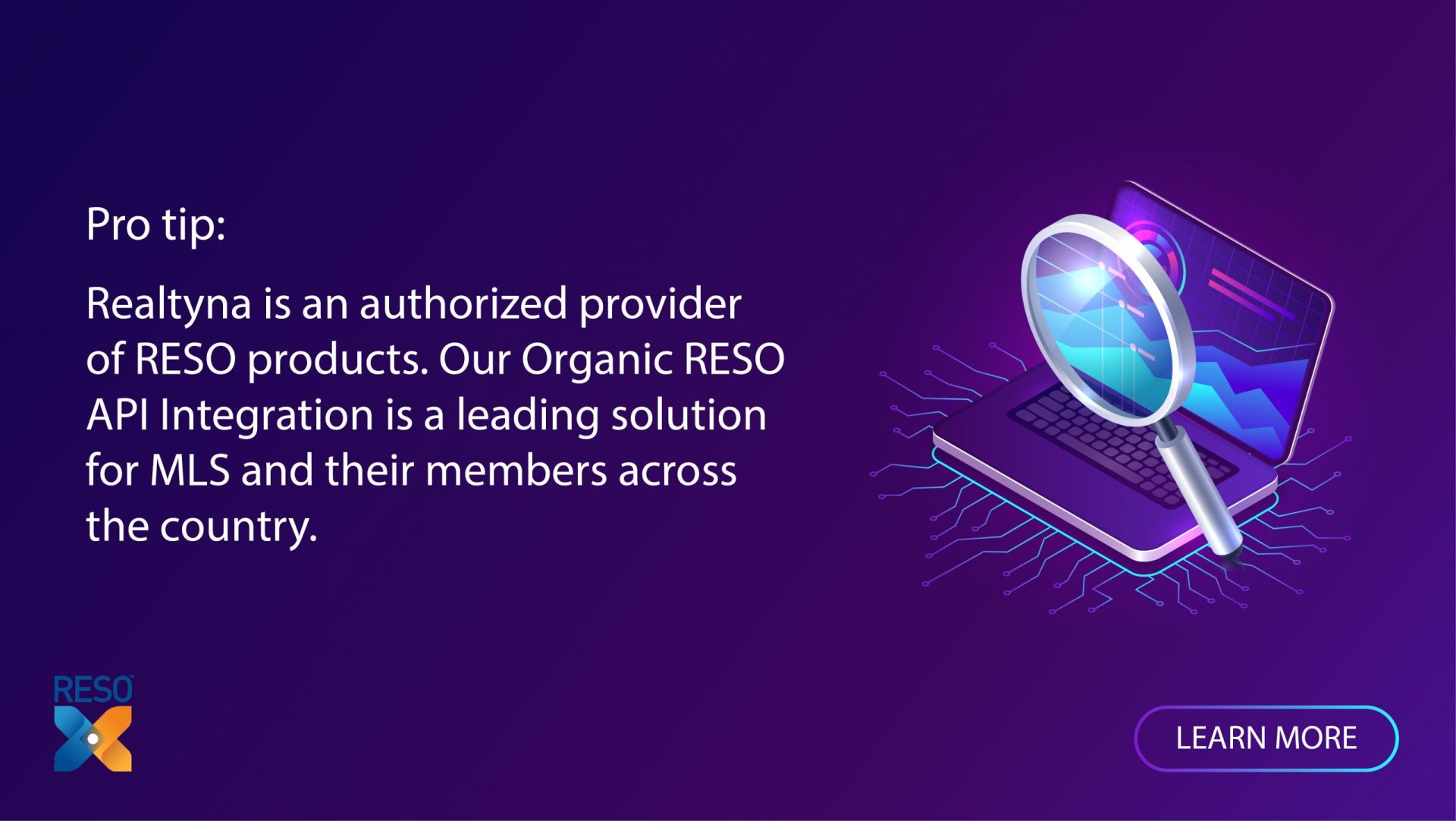
RMLS and Their Switch to 100% RESO Compliance
The Real Estate Standard Organization introduced RESO Web API in 2016 and recommended that all its members move on to RESO standards. Most MLS embraced the idea and made the switch, and a few are yet to join. You can see a list of MLS who made the switch to RESO Web API here.
RMLS probably made the boldest move in 2018 by migrating entirely to RESO Web API. This is while a lot of MLS have taken a more conservative approach and offered this feature as an option along with RETS and other feeds. Let’s check out RMLS experience and see how others can benefit from the same approach:
What is RMLS?
Multiple listing service providers in the US play a very important role in the consolidation of listings data.
RMLS or Regional Multiple Listing Service is one of the biggest providers in the nation. It is actually the biggest MLS provider in the northwest that is owned fully by realtors.
The RMLS coverage area includes cities and counties in the state of Oregon and southern parts of Washington state.
It has a huge database of more than 1.9 million listings, including about 15,000 active listings. This number varies according to the time of the year.
With its head office in Portland, Oregon, RMLS provides service to over 14,000 real estate professionals in 26,000 offices across the region.
For more, please check out the following blog:
RMLS and Their Switch to RESO API
According to Greg Moore, the VP of Techincal Systems at RMLS, the experience was quick and painless. In an interview with RESO, he emphasized that:
“By the time it was turned off, it really was a non-event.” “No one called, no one was upset and no broker was harmed in the conversion.”
Let’s break down the stages:
Stage 1: Understand and believe in the standard
RESO Web API is the result of years of work and experience on the side of the Real Estate Standard Organization, and it takes everyone in the system to trust and believe in its better features.
To learn more about these benefits, please read here.
Communication with the vendors is the key at this stage!
Stage 2: Set up a deadline
RMLS assigned a 90-day deadline and informed its members that previous feeds will be shut down afterward. As daunting as it may sound, they managed to pull it off without hurting anyone.
Stage 3: Ask Brokers to push vendors
There is a lot of technical support needed for such a move in such short notice. So MLS can benefit from a little help from their brokers. Brokers have a better understanding and leverage on vendors and can convince them to participate in a bold move like this.
Stage 4: Vendor feedback
Provided with a clear roadmap, vendors were able to make the necessary changes to fields and remap them. Thanks to a clear path that was planned and provided by the MLS, this stage went on without any specific issues.
Stage 5: 100% RESO-complaint feed
By this time in the process, all members have become fully compliant with RESO standards and previous feeds were turned off.
Why It Matters?
RMLS’ experience is very significant since it provides a role model for other MLS to pursue a more streamlined approach to real estate technology. The takeaway from this process is that communication and continuous support is the key to success.
To learn more about how your MLS, brokerage or real estate business can migrate from RETS to RESO Web API, please continue to the following article: From RETS to RESO Web API



Sorry, the comment form is closed at this time.